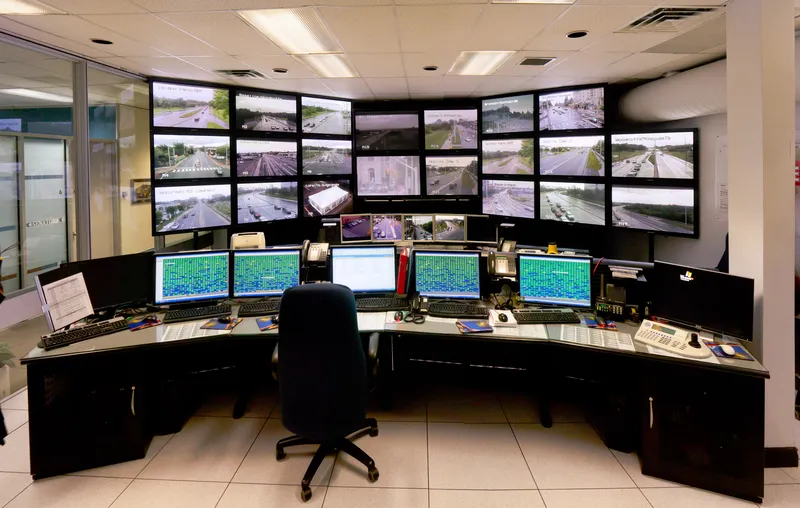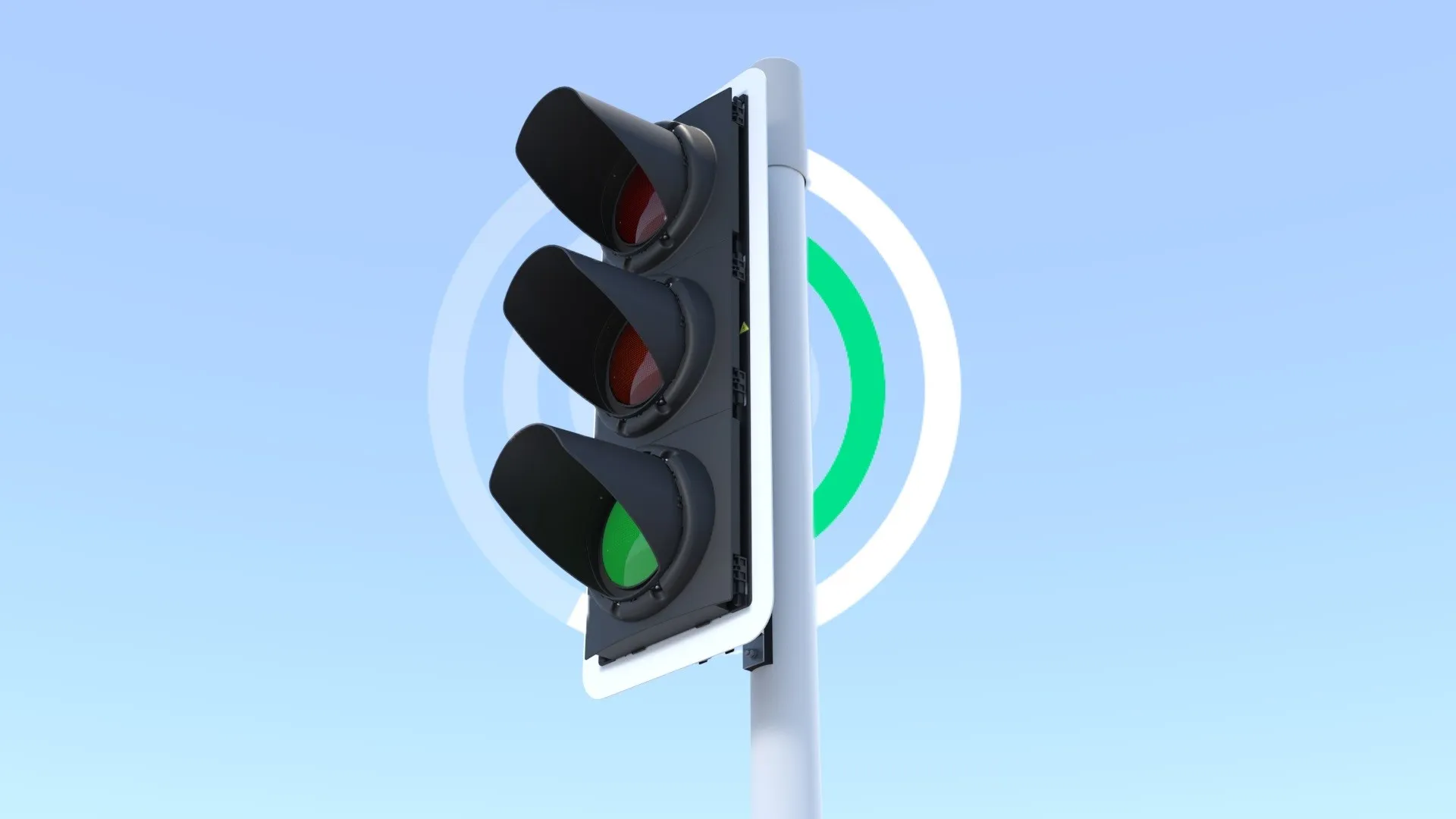Brigade Electronics has streamlined its camera portfolio, replacing the BE-30X and VBV-0X0 ranges with the VBV-3XXC Eyeball series which it says has the widest viewing angle in its entire camera range, with the most flexible fitting positions.
December 19, 2014
Read time: 1 min

The VBV-3XXC series cameras are ideal for side, front, rear and internal vehicle applications, with a viewing angle of 102hx78vx145 degrees.
The adjustable ball and socket lens can be rotated ±180 degrees to achieve the optimal view of blind spots.
Available in mirror image or normal view, the Eyeball camera has five LEDs for low light performance and is compatible with all of Brigade’s monitors.










